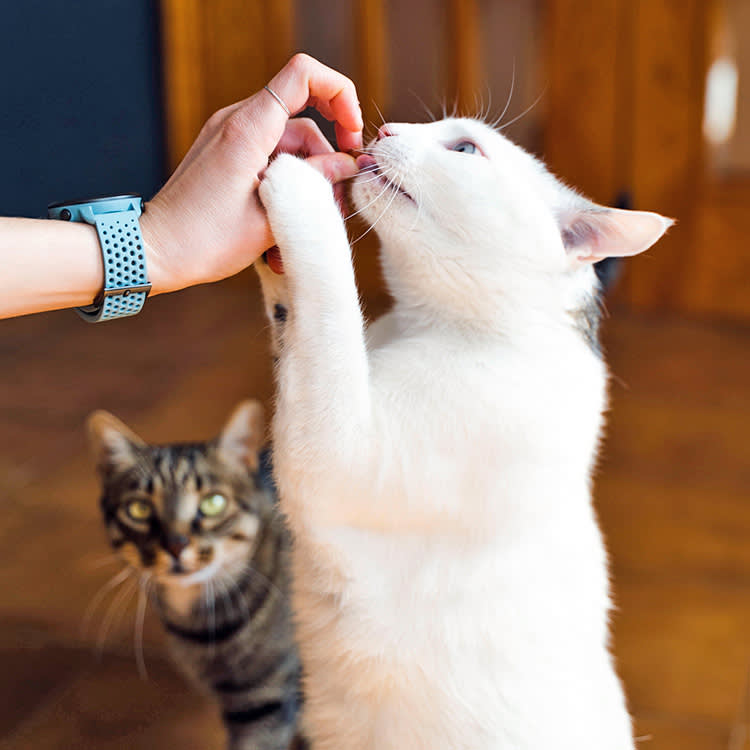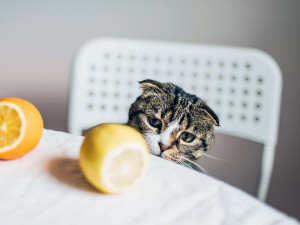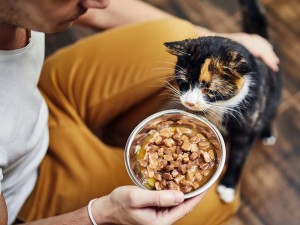New Research Finds the Flavor of Food Cats Actually Want to Eat
Cats are notoriously picky, but science is getting to the bottom of their tastes.
Any cat parent will tell you that cats have some pretty strong opinions about, well, pretty much everything… where they sleep, who they let near them, which toys they interact with, what doors are allowed to stay closed, and — above all — what they eat. Cats are super particular when it comes to mealtime, even if it means going on a hunger strike. Thankfully, science is getting to the bottom of how to please those picky eaters. A new studyopens in new tab published in the Journal of Agricultural and Food Chemistry used kitty taste-testers to investigate which flavors cats prefer.
For the experiment, researchers prepared fragrant sprays using chicken livers; after breaking down the proteins in the livers, they created four different sprays. They then used the sprays on commercially available cat food covered in chicken fat and presented the options to a panel of 10 adult cats.
Save on the litter with color-changing tech that helps you better care for your cat.
They found that cats were most attracted to food sprayed with attractants containing more free amino acids. These foods have more enhanced aromas when they’re heated — which attracts cats, who have incredibly powerful noses.
“The favored foods contained more mushroom and fatty flavors,” wrote the study’s lead author, Yuyan Wei. These were greatly preferred over foods with sweet and acidic flavors.
How much do you spend on your pet per year?
The results track with previous research on cats’ preferences and senses. Unlike humans, cats have no “sweet” taste receptors,opens in new tab so sweet foods hold little appeal for them. This makes sense, since cats are obligate carnivores; since they only have to eat meat, they never evolved a sweet tooth.
Earlier studies have found that cats have a preference for umami, one of the five basic tastes (sweet, sour, salty, and bitter are the others). “In fact, cats have developed a much broader sense of umami taste than humans,” Dr. Anni Laffitte, an expert in sensory science, told us. “With this, cats are able to detect more types of amino acids. These are the essential building blocks of proteins and are abundant in meat.”
The new research confirms this preference for fatty flavors and amino acids. One food that’s high in amino acids probably comes as no surprise: fish. In fact, research published in Chemical Senses found that tuna is one of the flavorsopens in new tab most consistently favored by cats. So, keep doling out the tuna treats — and don’t bother with the sweet stuff. They have no idea what they’re missing.










